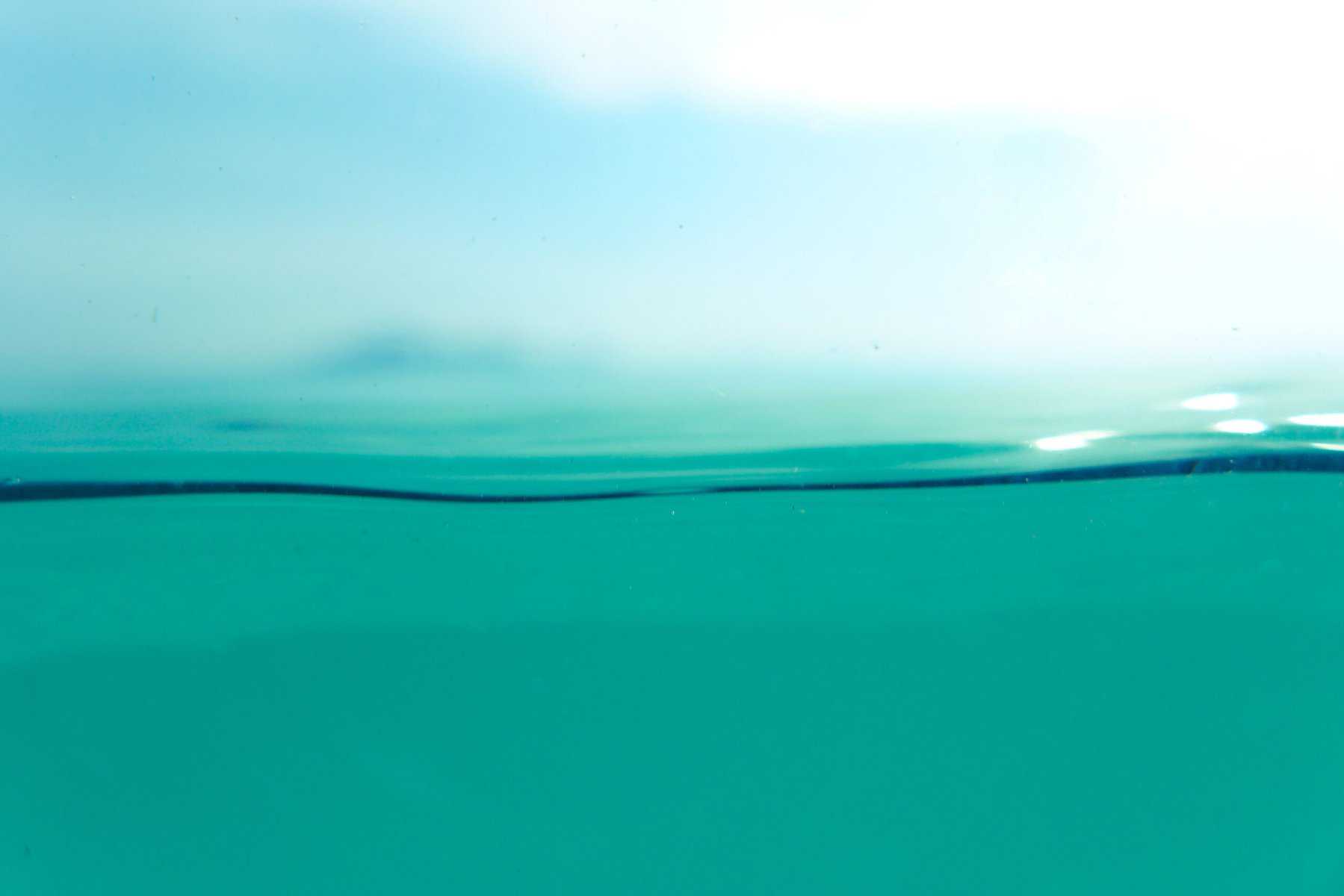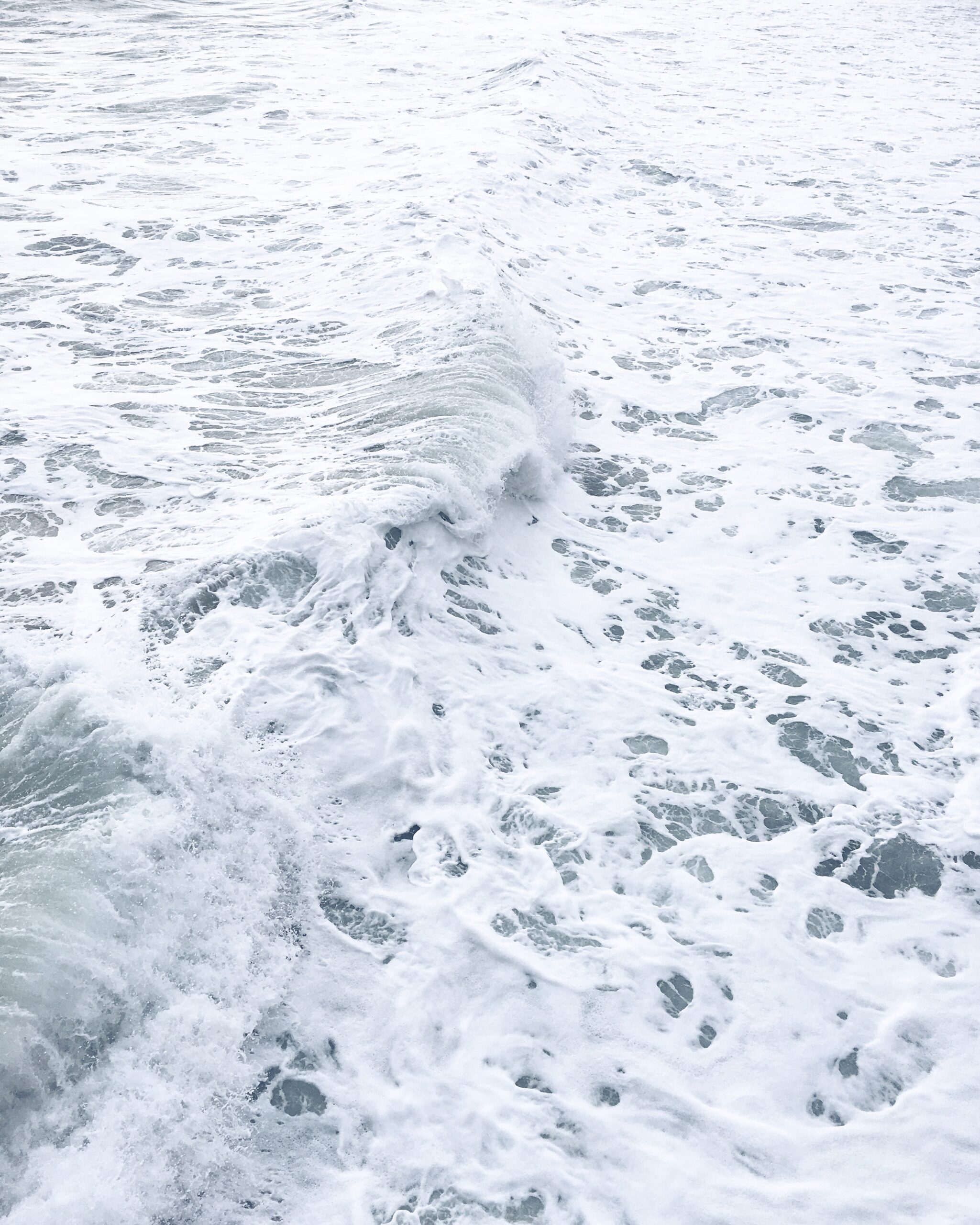If you are curious about water well drilling and want to understand the importance of construction standards, this article is for you. Discover the essentials of water well drilling and construction standards and why they matter. From ensuring the safety and reliability of your water supply to protecting the environment, these standards play a crucial role in the drilling and construction process. So, buckle up and get ready to explore the world of water well drilling and construction standards.

What is Water Well Drilling?
Definition of Water Well Drilling
Water well drilling is the process of creating a hole in the ground to access groundwater in underground aquifers. It is an essential method for extracting clean and safe drinking water in areas where other water sources are limited or unreliable. The drilling process involves using specialized equipment to penetrate the earth’s surface and boreholes to the desired depth. This allows for the installation of well casing, screens, and pumps to facilitate the extraction and delivery of the groundwater.
Purpose of Water Well Drilling
The primary purpose of water well drilling is to provide a sustainable source of water for various purposes, such as drinking, residential and commercial use, irrigation, and industrial needs. Water wells offer independence from municipal water supplies and can provide a reliable source of water for communities and individuals. By drilling wells, people can ensure access to clean and reliable water, reducing reliance on surface water sources that may be subject to contamination or scarcity during droughts.
Water Well Construction Standards
Importance of Water Well Construction Standards
Water well construction standards are crucial to ensure the safety, efficiency, and longevity of the well. Adhering to these standards helps prevent potential contamination of the water supply and minimizes the risk of well failure. Well construction standards cover various aspects, including proper casing installation, well sealing, screening, and pump system design. Following these standards ensures that the well is constructed in a manner that meets industry best practices and regulatory requirements.
Regulations and Guidelines
Water well construction is subject to regulations and guidelines established by governmental bodies and professional associations. These regulations aim to protect public health, prevent the contamination of groundwater, and promote the proper construction and maintenance of wells. Regulatory requirements may vary depending on the jurisdiction, but they typically address minimum spacing between wells, wellhead protection, well depth, and the use of appropriate materials. Additionally, professional associations and organizations provide guidelines and best practices to ensure the highest quality water well construction.
Professional Associations and Certifications
Various professional associations and certifications exist to promote the highest standards of water well construction. These organizations provide resources, training, and certification programs for industry professionals to enhance their knowledge and expertise in well drilling. Some notable associations include the National Ground Water Association (NGWA) and the International Association of Drilling Contractors (IADC). Working with a certified water well contractor who is a member of these associations ensures that the well drilling process follows the industry’s best practices and provides peace of mind that the well is built to high standards.
Preparing for Water Well Drilling
Site Evaluation and Selection
Before beginning the water well drilling process, a thorough site evaluation is essential. The site evaluation takes into account factors such as the location, geology, hydrogeology, and proximity to potential sources of contamination. A professional well contractor can conduct an assessment to determine the suitability of the site for drilling. Factors such as the depth and quality of the aquifer, water table levels, and potential obstructions are evaluated to ensure the viability of the well. Careful site selection ensures optimal water extraction and minimizes potential risks to the well’s water quality.
Permitting and Legal Considerations
Water well drilling often requires permits and compliance with local regulations and legal considerations. Each municipality may have specific requirements regarding well construction and operation. It is crucial to consult with the appropriate regulatory authorities to obtain the necessary permits and ensure compliance with local laws. Failure to obtain the required permits can result in fines, penalties, or even the abandonment of the well. Working with a qualified water well contractor who is knowledgeable about local regulations will help navigate the permitting process effectively.
Choosing a Qualified Contractor
Selecting a qualified water well contractor is crucial to ensure the successful implementation of the drilling project. A qualified contractor should have the necessary licenses, certifications, and experience in water well drilling. It is important to research and compare contractors, considering factors such as their track record, reputation, and customer reviews. Ask for references and verify their credentials before making a decision. By choosing a qualified contractor, you can have confidence in the expertise and professionalism they bring to the water well drilling process.
Drilling Techniques and Equipment
Overview of Drilling Techniques
Water well drilling utilizes various drilling techniques, each suited for specific geological conditions and project requirements. Common drilling techniques include rotary drilling, cable tool drilling, and percussion drilling. Rotary drilling involves the use of a rotating drill bit to bore through the ground, while cable tool drilling uses a heavy chisel or punch to break the ground and create a hole. Percussion drilling uses repeated hammering or pounding action to advance the drill bit into the ground. The selection of the drilling technique depends on factors such as soil composition, rock hardness, and desired well depth.
Types of Drilling Equipment
Drilling equipment used in water well drilling varies depending on the drilling technique and project requirements. Common equipment includes drilling rigs, drilling bits, drill pipes, drilling mud systems, and hoisting equipment. Drilling rigs are the main machinery used to bore the hole and vary in size and capability depending on the drilling method. Drill bits are designed to cut and break the formation, and the choice of bit depends on the composition of the soil or rock being drilled. Drill pipes connect the drilling bit to the drilling rig, while drilling mud systems circulate mud to cool and clean the drill bit. Hoisting equipment is used to lift and lower drilling components during the drilling process.
Safety Precautions and Procedures
Safety is of paramount importance during water well drilling to protect both the workers and the environment. Well drilling involves heavy machinery and potential hazards, such as collapsing boreholes, drilling fluids, and noise pollution. To ensure safety, drilling contractors should follow strict safety protocols and provide adequate personal protective equipment (PPE) for their workers. Regular inspections, training programs, and adherence to safety guidelines are essential to minimize accidents and maintain a safe working environment. It is the responsibility of the drilling contractor to prioritize safety throughout the drilling process.

Well Casing and Materials
Importance of Well Casing
Well casing refers to the pipe that is installed in the drilled hole to prevent the collapse of the well and to protect the aquifer from surface contamination. It serves as a barrier between the wellbore and the surrounding soil or rock formations. Well casing provides structural support, maintains the integrity of the well, and helps maintain water quality by preventing surface contaminants from entering the well. Choosing the appropriate casing material, properly installing the casing, and maintaining its integrity are crucial aspects of water well construction.
Different Types of Casing Materials
Various materials can be used for well casing, each offering different advantages and suitability for specific conditions. Common casing materials include PVC (polyvinyl chloride), steel, and fiberglass. PVC casing is widely used due to its affordability, corrosion resistance, and ease of installation. Steel casing is durable and can withstand high pressure and load-bearing conditions, making it suitable for deep wells or challenging geological formations. Fiberglass casing is non-corrosive and lightweight, ideal for installations where corrosion is a concern.
Casing Installation and Maintenance
Proper installation and maintenance of well casing are critical to ensure the well’s longevity and protection against contamination. During installation, the casing is carefully inserted into the drilled hole and secured with cement or grout to create a seal. This seal prevents the infiltration of surface water, soil particles, or pollutants into the well. Regular inspection and maintenance of the casing are necessary to identify and address any issues promptly. Monitoring for signs of corrosion, physical damage, or deterioration, and addressing these concerns promptly, helps maintain the integrity of the well casing and prolongs the lifespan of the well.
Well Screen and Pump Systems
Function and Importance of Well Screen
The well screen is an integral component of a water well, located at the bottom of the well casing above the water table. It allows water to flow into the well while preventing sand, debris, and other particles from entering the pumping system. The well screen is designed with slots or openings that enable water to pass through while excluding larger particles. Proper well screen design and installation are vital to ensure efficient water flow and prevent the clogging of the well with sediments.
Types of Well Screens
Different types of well screens are available, and the choice depends on the specific project requirements and geological conditions. Slotted screens have machined slots or openings that allow water to pass through while retaining larger particles. Continuous wire-wrapped screens consist of a wire-wrapped outer layer with progressively finer openings to prevent the entry of sand and fine sediments. PVC screens are also used in certain applications where corrosion resistance and affordability are important factors.
Selecting and Installing Pump Systems
Pump systems are essential for extracting water from the well and delivering it to the desired location. Selecting the appropriate pump system depends on factors such as the well depth, water volume requirements, and the intended use of the water. Common types of pump systems include submersible pumps, jet pumps, and hand pumps. Submersible pumps are installed inside the well and are suitable for deeper wells with higher water volume requirements. Jet pumps are typically installed above ground and use suction to draw water from the well. Hand pumps are manually operated and are commonly used in remote areas or as backup systems. Proper installation and regular maintenance of the pump system are crucial to ensure its efficiency and longevity.

Well Development and Testing
Purpose of Well Development
Well development is the process of improving the productivity and efficiency of a newly drilled water well or one that has experienced reduced performance over time. After drilling, the well may contain fine particles, drilling fluids, and other debris that can hinder water flow. Well development techniques aim to remove these materials, clear pathways for water to enter the wellbore, and enhance the well’s ability to produce water effectively. Well development ensures optimal well performance and longevity.
Methods for Well Development
Various methods can be employed for well development, depending on the specific needs and characteristics of the well. Common techniques include surging, airlifting, pumping, and chemical treatments. Surging involves rapidly injecting and withdrawing water in the well to dislodge particles and improve water flow. Airlifting uses compressed air bubbles to agitate the water and create vertical movement, aiding in the removal of debris. Pumping involves drawing water from the well using the pump system to induce natural flushing and remove sediments. Chemical treatments, such as acidization or disinfection, may be used to dissolve or eliminate substances that may obstruct water flow. The selection of the appropriate well development method depends on the well’s condition and the specific objectives.
Importance of Well Testing and Analysis
Well testing and analysis help verify the well’s performance, water quality, and overall functionality. Testing involves measuring various parameters, such as water flow rate, drawdown, and water quality characteristics, to assess the well’s productivity and the suitability of the water for its intended purpose. Well analysis helps identify any potential issues, such as low yield, inadequate well construction, or water quality concerns. Regular testing and analysis serve as a proactive measure to detect problems early, allowing for timely remediation and maintenance to optimize the well’s performance and prevent costly repairs in the future.
Water Quality and Treatment
Understanding Water Quality
Water quality refers to the chemical, physical, and biological characteristics of water that determine its suitability for various purposes. Factors such as pH, total dissolved solids (TDS), hardness, bacteria and microbial contaminants, heavy metals, and other pollutants can impact water quality. Understanding water quality is essential to assess the safety, taste, and potential impact on human health. Different sources of water, including groundwater, may have specific water quality characteristics that require treatment or monitoring to ensure safe consumption.
Types of Water Contaminants
Water contaminants can be categorized into various groups, including microbiological contaminants, organic and inorganic chemical compounds, and physical impurities. Microbiological contaminants include bacteria, viruses, and parasites that can cause waterborne diseases. Organic compounds consist of chemicals derived from plants or animals, such as pesticides or solvents, that may be harmful or present taste and odor concerns. Inorganic compounds include heavy metals, nitrates, and minerals that can affect the water’s taste and create potential health risks. Physical impurities encompass sediments, suspended particles, or turbidity that may affect the water’s clarity and aesthetic qualities.
Treatment Options and Systems
Water treatment aims to remove or reduce contaminants and impurities present in the water to make it safe and suitable for its intended use. Treatment options range from simple filtration methods to more complex processes, depending on the specific contaminants and the desired water quality. Common treatment methods include disinfection, filtration, activated carbon adsorption, ion exchange, reverse osmosis, and ultraviolet (UV) sterilization. The selection of the appropriate treatment method or combination of methods depends on the water quality analysis and the specific requirements of the consumer. Regular monitoring and maintenance of the treatment system are crucial to ensure consistently high water quality.
Maintenance and Inspection
Regular Maintenance Practices
Regular maintenance practices are essential for ensuring the long-term functionality and efficiency of a water well. Maintenance tasks may include inspecting and testing the pump system, checking for leaks, monitoring water quality, and addressing any signs of deterioration or malfunction. Regular well cleaning, disinfection, and flushing may also be necessary to remove built-up sediments or biological growth. Following manufacturer’s recommendations, replacing worn or malfunctioning components, and addressing any repairs promptly are crucial to prevent major issues and costly repairs down the line.
Signs of Well Problems
Being aware of the signs of potential well problems is important to prevent further damage and ensure the safety and functionality of the well. Signs of well problems may include a decrease in water flow rate, changes in water quality such as discoloration, strong odors, or unusual taste, erratic pump operation or pressure fluctuations, or visible signs of physical damage to the well casing or components. Any of these signs should prompt immediate attention from a qualified water well professional to diagnose and address the underlying issue.
Inspection and Monitoring Requirements
Regular inspections and monitoring of water wells are necessary to identify any potential problems and ensure compliance with regulations and best practices. Local regulations may require periodic well inspections, water quality testing, and maintenance reports. Inspections typically involve visual examination of the wellhead, casing, and pump system, checking for proper seals and integrity, and verifying the functionality of the equipment. Regular monitoring of water quality parameters, such as pH, TDS, or microbial contamination, helps ensure the safety and suitability of the water for its intended use.
Costs and Financing
Factors Affecting Water Well Drilling Costs
Several factors influence the cost of water well drilling. Factors such as the depth and diameter of the well, geological conditions, location, and drilling technique determine the time, labor, and materials required for the project. Additionally, the cost of casing, screens, pumps, and other components can vary depending on the materials chosen. Site preparation, permitting fees, and even the availability of water in the area can affect the overall cost of drilling a water well. It is essential to obtain detailed cost estimates from qualified contractors and factor in all associated expenses.
Financing Options and Assistance Programs
Financing water well drilling can be a significant investment, but various financing options and assistance programs are available to help homeowners, businesses, and communities. Local banks and financial institutions may offer loans or financing options specific to well drilling projects. Additionally, certain federal, state, or local programs provide grants, loans, or financial incentives for well construction projects, particularly in areas with limited access to water resources. Investigating these programs and consulting with professionals in the field can help identify potential funding sources and ease the financial burden of water well drilling.
Long-Term Cost Considerations
While the initial cost of water well drilling can be significant, it is important to consider the long-term cost savings and benefits that a well can provide. Access to a reliable source of water can result in reduced dependence on expensive municipal water supplies and lower utility bills. Additionally, water wells typically require less maintenance and have longer lifespans compared to other water sources. Properly constructed and maintained wells can provide clean and safe water for decades, making them a cost-effective and sustainable investment in the long run. Considering the long-term financial benefits can help justify the initial investment in water well drilling.

